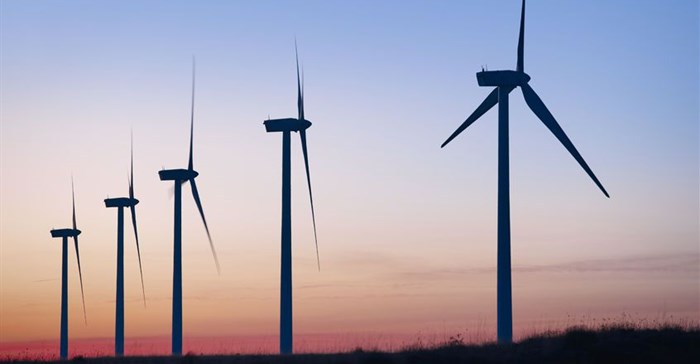There are many considerations to take into account when developing a wind farm, one of which is the impact on visual, aesthetic, and scenic resources in and around a potential location. Apart from the amenity value to surrounding communities, these resources also hold economic and ecological value, respectively, in terms of the tourism opportunities they present and the free natural services they provide.
This is according to Bernard Oberholzer, a professional landscape architect who shared with delegates at the recently held WindAc Africa conference some guidelines to selecting a suitable site for wind energy farm development while avoiding high visual sensitivity areas.
His insights stem from a 2014 study carried out by the Council for Scientific and Industrial Research (CSIR) which aimed to refine the boundaries of the areas that would be suitable for producing wind energy. Working on eight identified focus areas, Oberholzer's team was responsible for the visual, landscape and scenic resources component of the study. His team was asked to map the scenic resources, who would be the visual receptors, and to assess the visual sensitivity of the eight focus areas, as well as to establish limits to development density.
Factors to consider
Contributing factors to consider for visual sensitivity, he explained, include topographic features, water features, and cultural landscapes, while for sensitive receptors (those who will see the wind farms and how they will be affected), protected areas, game farms, private nature reserves, human settlements, scenic and arterial routes, and heritage sites, should be taken into account.
Overlaying all these factors, Oberholzer and his team were able to synthesise a visual sensitivity map that outlined the different levels of sensitivity in each area and prescriptive buffer zones for development.
Oberholzer then went on to provide a number of guidelines to consider when selecting a development site in order to avoid high visual sensitivity areas.
- Avoid pristine or wilderness areas and try using already disturbed areas that have powerlines or other industries.
- Use large enough sites with reasonable potential for mitigation.
- Avoid unique landforms that are of potential significance.
Mitigating the visual effect on a chosen site:
- Apply visual buffers.
- Limit the size of wind farms. If developing a very large farm, divide it into smaller clusters with adequate space in between in order to avoid industrialising the landscape.
- Limit the zone of visual influence by creating a visually cohesive wind farm, as opposed to having turbines and operational buildings scattered across the site.
- Site operational buildings in low-lying areas where they are not highly visible.
- Try as far as possible using existing powerline corridors, and avoid crossing ridge lines where pylons are seen in silhouette.
- Avoid crossing scenic and major arterial routes.
- Locate internal powerlines underground in order to reduce the amount of visual clutter.
- Obtain early input from all the environmental specialists before selecting a site or having the boundaries confirmed in order to minimise avoidable conflicts that are easily identifiable.
- Use local knowledge i.e. visual specialists in the area who know the area best.

